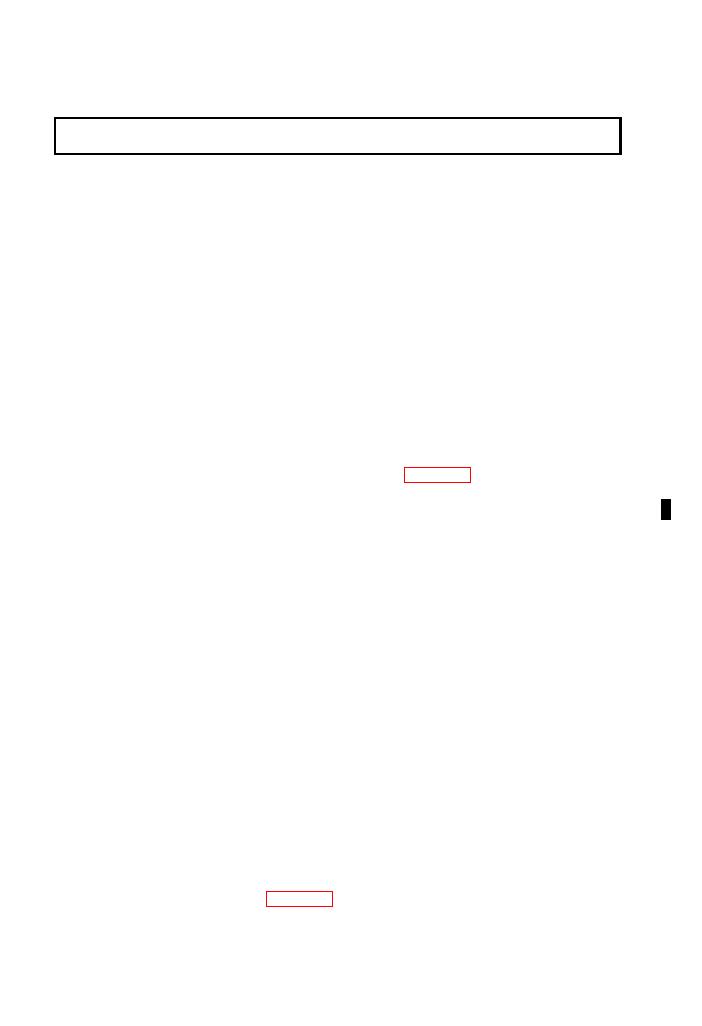
TM 9-2320-387-10
a. Designated Intervals.
NOTE
Designated intervals are performed under usual operating conditions.
PMCS intervals must be performed more frequently when operating
under unusual conditions.
(1) BEFORE checks and services of PREVENTIVE MAINTENANCE must be
performed prior to placing vehicle or its components in operation.
(2) DURING checks and services of PREVENTIVE MAINTENANCE must be
performed while the vehicle and/or its components/systems are in operation.
(3) AFTER checks and services of PREVENTIVE MAINTENANCE are
performed upon completion of mission.
(4) WEEKLY checks and services of PREVENTIVE MAINTENANCE are
performed once every 7 days.
(5) MONTHLY checks and services of PREVENTIVE MAINTENANCE are
performed once every 30 days.
b. Procedures.
supervisor.
(2) Use DA Form 2404 or DA Form 5988-E (automated) and report malfunctions
to unit maintenance at once.
(3) Tools included with vehicle are to be used when making PREVENTIVE
MAINTENANCE checks and services. Wiping cloths are needed to remove dirt or grease.
(4) Refer to appropriate TMs for PMCS requirements on mounted systems
(i.e., missiles systems, radios, etc.).
c. Troublespots.
NOTE
Dirt, grease, oil, and debris may cover up a serious problem. Clean as
you check. Following precautions printed on container, use
drycleaning solvent (SD-3) on all metal surfaces. On rubber or plastic
material, use soap and water.
(1) Check all bolts, nuts, and screws. If loose, bent, broken, or missing, either
tighten or report conditions to unit maintenance.
(2) Look for loose or chipped paint, and rust or cracks at welds. Remove rust
and loose paint, and spot-paint as required. If a cracked weld is found, report
situation to unit maintenance.
(3) Inspect electrical wires and connectors for cracked or broken insulation.
Also look for bare wires and loose or broken connections. Tighten loose connections.
Report other problems to unit maintenance.
(4) Check hoses and fluid lines for wear, damage, and leaks. Ensure clamps
and fittings are tight. (Refer to para. 2-7 for information on leaks.)
(5) Check hinges for security and operation.
2-27

